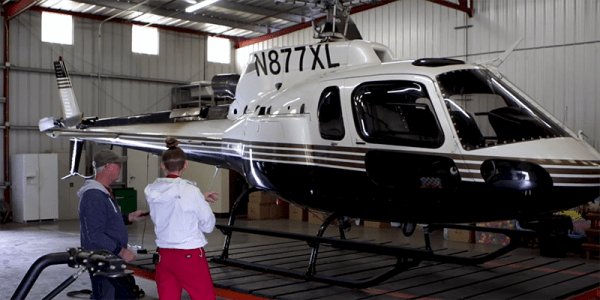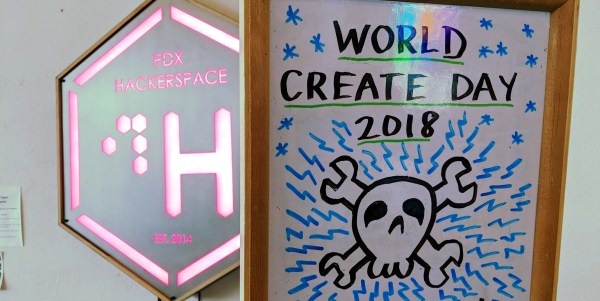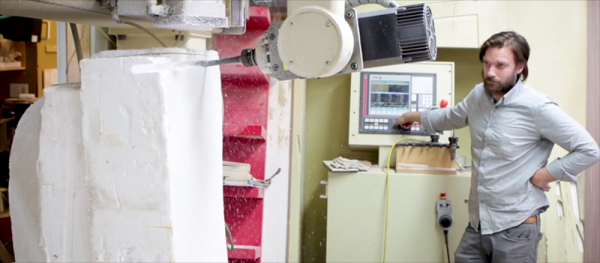Over the last few months, the folks over at the SupplyFrame Design Lab, home to Hackaday meetups, the Hackaday Superconference, and far, far too many interesting tools, have been spending their time visiting workshops and hackerspaces to see how they tick. Staff Designer of the Design Lab, [Majenta Strongheart], recently took a trip down the road to Caltech to check out their hackerspace. Actually, it’s a rapid prototyping lab, but a rose by any other name…
The prototyping lab at Caltech exists for a few reasons. The first, and most important, are the graduate students. This is a research facility, after all, and with research comes the need to make stuff. Whether that’s parts for biomechanical fixtures, seismology experiments, or parts for a radio telescope, there’s always going to be a need to make mechanical parts. The rapid prototyping lab is also available to undergraduates. Many of the courses at Caltech allow students to build robots. For example, when the DesignLab staff was filming, the students in Mechanical Engineering 72 were taking part in Tank Wars, a robot competition. Here, students built little rovers built to climb over obstacles and traverse terrain.
As far as tech goes, this is a real shop. There are vintage knee mills, manual lathes, but also fancy CNC lathes, Tormach mills, and laser cutters galore. The amount of tooling in this lab has slowly accumulated over decades, and it shows. Right next to the bright white Tormach, you’ll find drill presses that are just that shade of industrial green. It’s a wonderful space, and we’re happy the faculty and students at Caltech allowed us to take a look.
You can check out the video below.

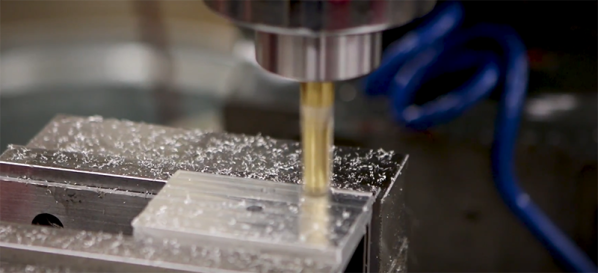

![You can tell [Dr. Seuss] is thinking about his next volume: <em>How The Grinch Stole Whoville Hackspace</em>. Al Ravenna, World Telegram [Public domain].](https://hackaday.com/wp-content/uploads/2018/02/1003px-ted_geisel_nywts.jpg?w=392)
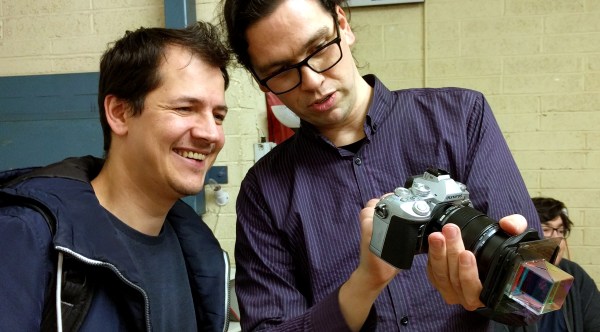
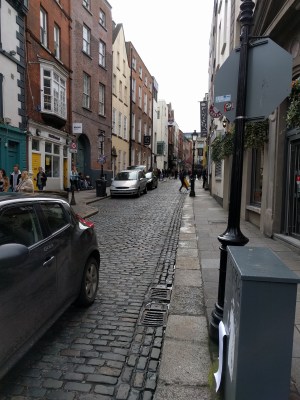 The city center of Dublin is anything but a grid. The cobblestone roads meander every which way and are a puzzle of one-way and surprise construction, none of which seemed to faze Google’s navigation algorithms. I was happy to be operating the smartphone instead of the rental vehicle. A big thanks goes to Jenny List for taking on the stress of driving on our refreshments run without coming in contact with people or cars.
The city center of Dublin is anything but a grid. The cobblestone roads meander every which way and are a puzzle of one-way and surprise construction, none of which seemed to faze Google’s navigation algorithms. I was happy to be operating the smartphone instead of the rental vehicle. A big thanks goes to Jenny List for taking on the stress of driving on our refreshments run without coming in contact with people or cars.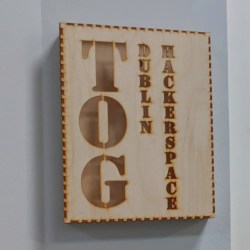 A Tour of TOG Hackerspace
A Tour of TOG Hackerspace




